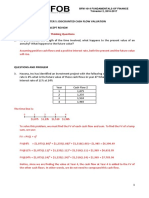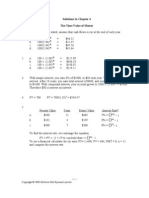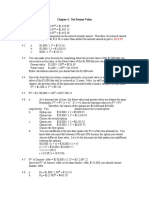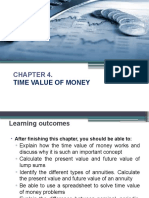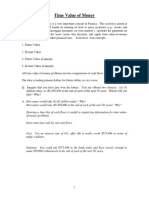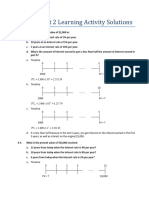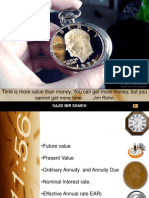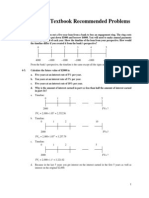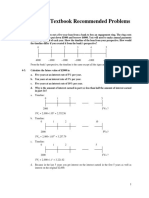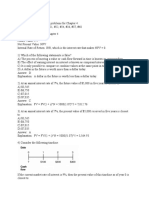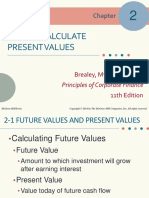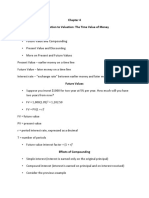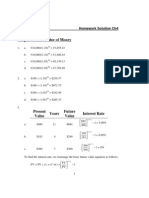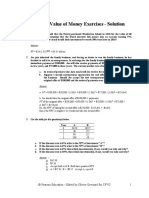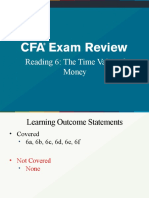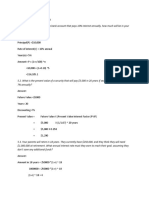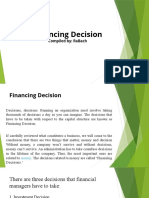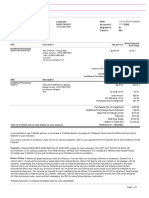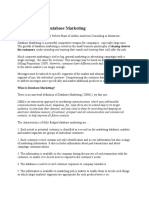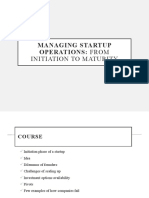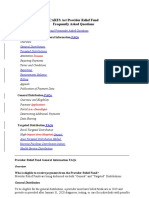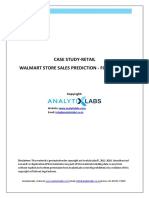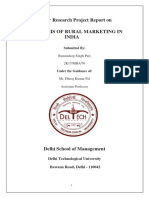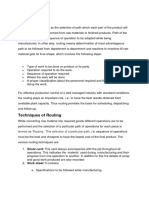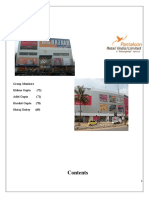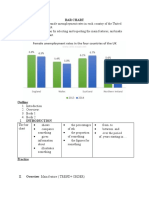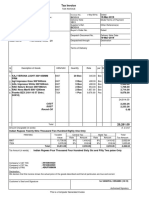0% found this document useful (0 votes)
6 views21 pagesTutorial 2 - Post-Tutorial Slides
The document outlines the three fundamental rules of time travel in finance, emphasizing the importance of comparing values at the same time, compounding for future cash flows, and discounting for present values. It includes various calculations for present and future values of cash flows, annuities, and investment opportunities, demonstrating how to determine the present value needed for future expenses and the future value of investments. Additionally, it discusses the implications of interest rates on these calculations and provides examples related to retirement savings and annuities.
Uploaded by
m.guerreroleyvaCopyright
© © All Rights Reserved
We take content rights seriously. If you suspect this is your content, claim it here.
Available Formats
Download as PDF, TXT or read online on Scribd
0% found this document useful (0 votes)
6 views21 pagesTutorial 2 - Post-Tutorial Slides
The document outlines the three fundamental rules of time travel in finance, emphasizing the importance of comparing values at the same time, compounding for future cash flows, and discounting for present values. It includes various calculations for present and future values of cash flows, annuities, and investment opportunities, demonstrating how to determine the present value needed for future expenses and the future value of investments. Additionally, it discusses the implications of interest rates on these calculations and provides examples related to retirement savings and annuities.
Uploaded by
m.guerreroleyvaCopyright
© © All Rights Reserved
We take content rights seriously. If you suspect this is your content, claim it here.
Available Formats
Download as PDF, TXT or read online on Scribd
/ 21


